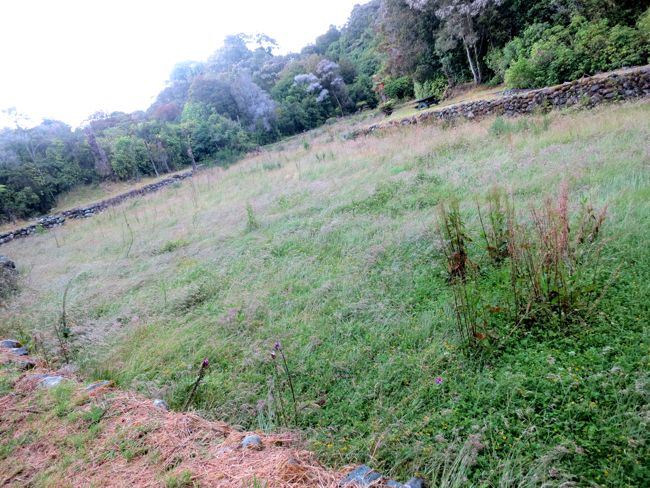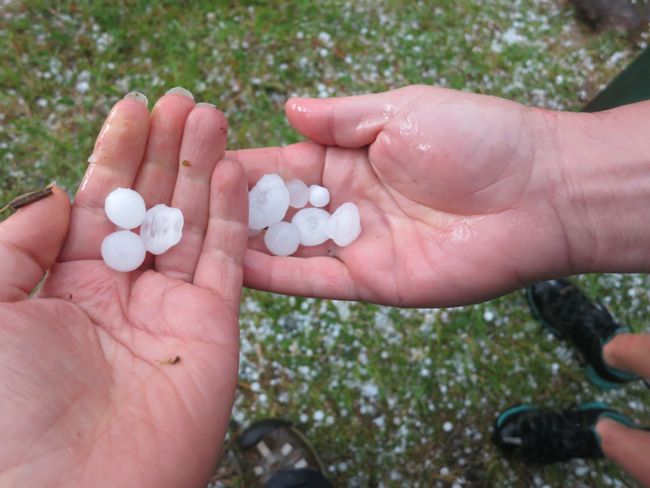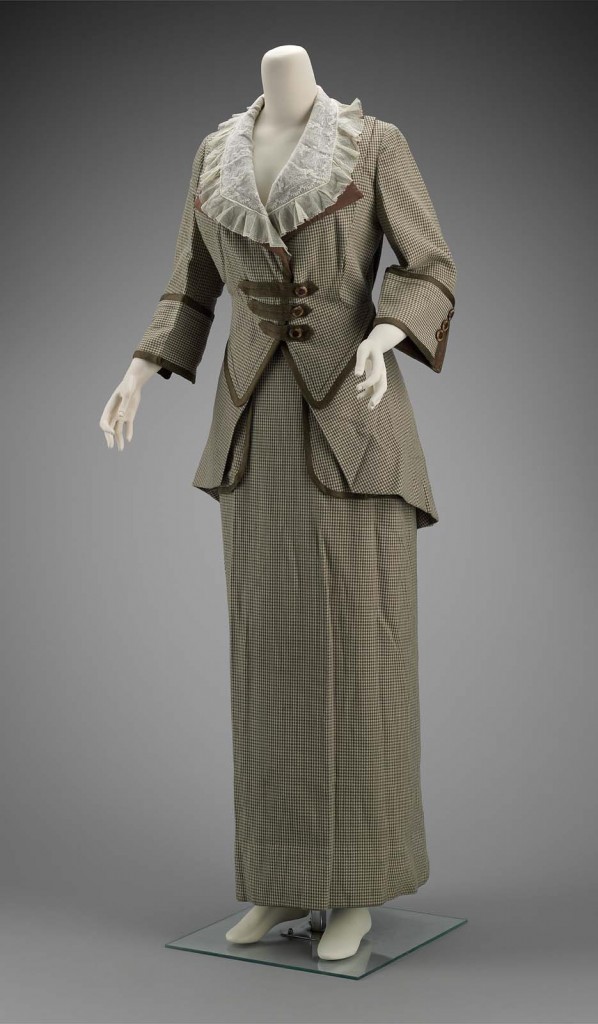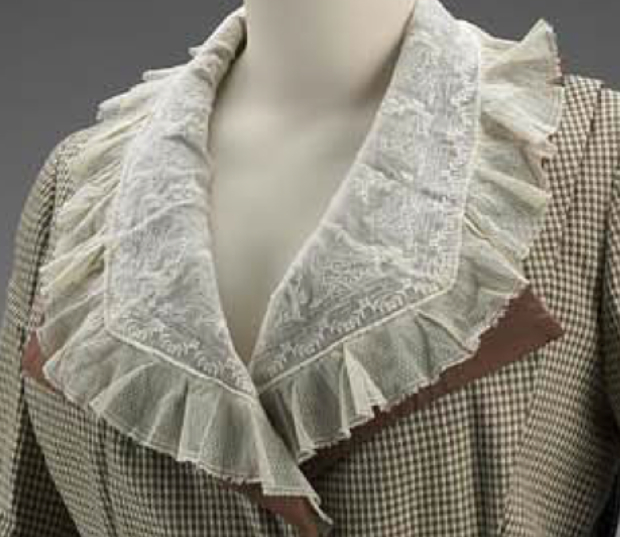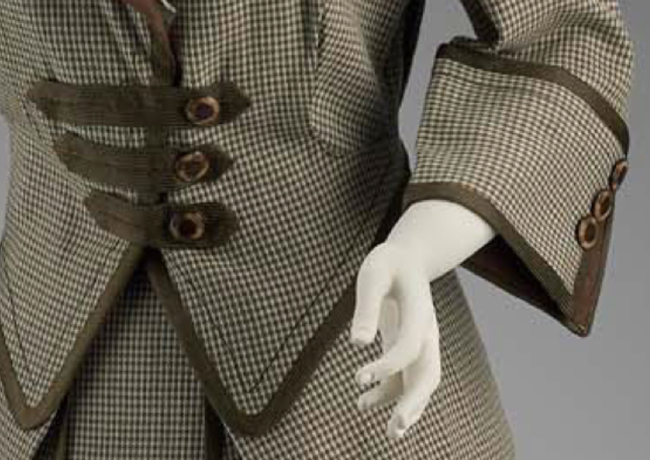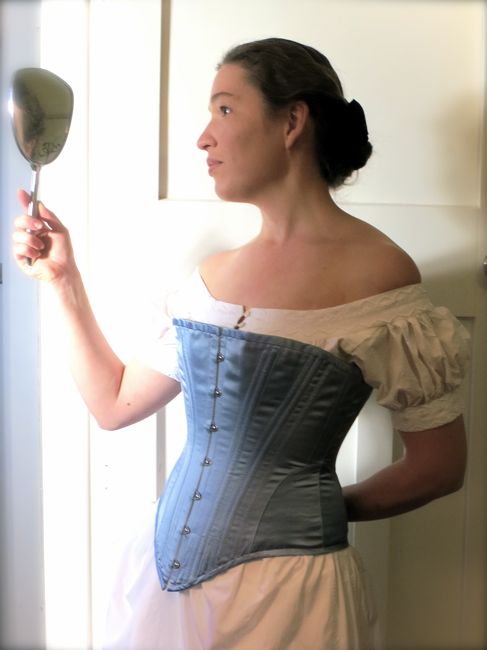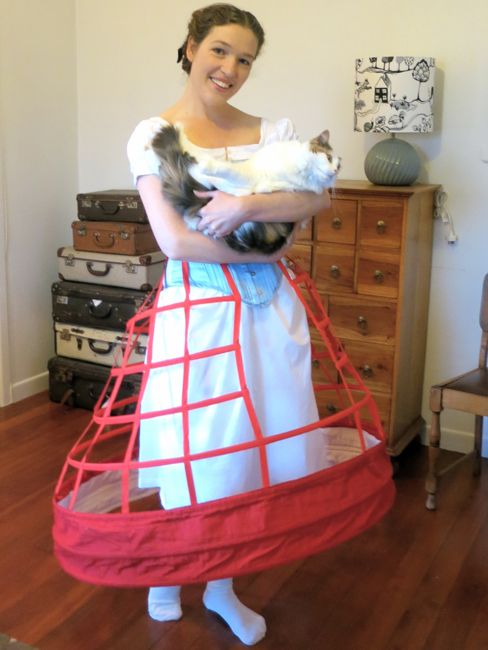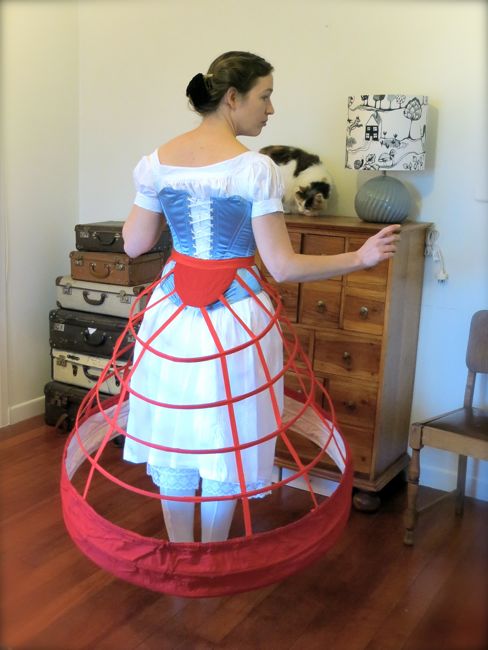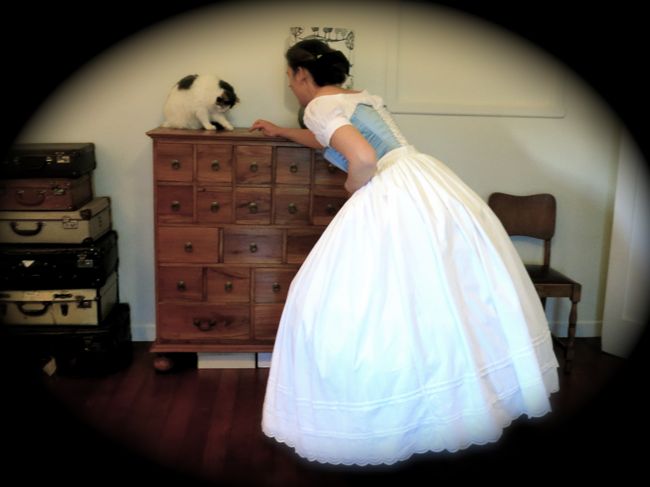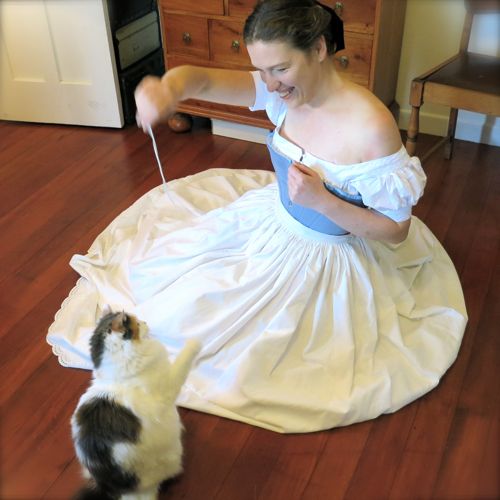Today I ran out on a quick errand to the local dairy (like a corner store) and got caught in a hailstorm.
As far as hail goes, the stones were pretty un-impressive, the size of small puy lentils, but the shower lasted a good five minutes, and left the road covered in a reasonable drift of white, and me covered in a reasonable amount of wet, cold and shivering. Luckily home wasn’t far away, because our dairy really is just on the corner of our street!
The experience reminded me of another hailstorm, which I briefly mentioned here on the blog when talking about my West Coast road trip, but never went into in great detail.
Heading back into the mountains from the West Coast, we asked the garrulous proprietress of the cafe we had breakfast at if there was anything we should see on coastal route from Greymouth to Arthur’s Pass. We’d already seen the historic miniature bungalow on our way down the inland route, so were hoping for new excitement on our way back.
The lady at the cafe said to look out for the ‘old bathing pools’ at Kumara, but couldn’t explain more as to what it was. So we drove, and in an otherwise unprepossessing bit of forested roadside just outside of the little town of Kumara we saw a sign for ‘Historic Swimming Baths’ which pointed to a trail leading into the forest.
Fascinating…
It had been raining on and off, but the Chef and I decided we would risk it, and put on our jackets and set off. After a short walk, the forest opened up to reveal this:
Hmmm. A big hole in the ground with stone walls.
I’m not sure what I was expecting, but I’m pretty sure I was hoping for the tumbled-down ruin of some colonnaded classical inspired Bath-esque baths in the middle of the NZ woods. (and yes, there is a big part of me that desperately wants Forgotten Silver to be real!).
So the actually baths were really just a swimming hole. There was a nice sign with their history and some old photographs of the ‘baths’ in their prime:
The baths were a depression-era work project, but not a government sponsored one. Instead, a local man noticed that kids were enjoying the pool formed by a flood, and got the local men to volunteer to build a much better pool. The stones used in the bath were all ‘tailings’ left behind from mining in the area, and the wood was provided by a local mill. The Woman’s Institute raised money for changing rooms for women. It really was a community project, to raise spirits in the area and provide a focus for the community.
Sadly, the baths only lasted a few years, until the huge metal pipes which provided water for them began to rust, and the water was diverted for other uses.
After reading about the history of the baths, the Chef and I decided to walk around them (they are Olympic sized), heading in opposite directions.
She was halfway around the pool, when we heard the most unexpected sound: a train, rumbling through the forest. I was surprised, as I was pretty sure the train lines were all miles away. Then, as the first pellets hit me, I realised that it wasn’t a train: the thundering rumble was the sound of an approaching hailstorm, as the pebbles bounced off the forest.
I spotted a little shelter formed by overhanging trees a few metres ahead along the pool, and raced for it, the Chef doing the same from the other direction.
We huddled under the trees, watching hailstones bounce in all directions. We reached out to collect some of the biggest ones: large cold grapes of ice.
Then the stones became bigger, and one broke through the tree cover and bounced off my head, provoking a loud “Oww!” and the realisation that we needed real shelter – and fast.
We darted back around the pools and onto the path through the woods, grateful for the slight shelter of the trees as the stones became even bigger. Emerging on to the road, we found company: four other cars had taken advantage of our pull off and were waiting out the storm.
Soaking wet, cold, slightly bruised, and laughing hysterically, we piled back into the car and turned the heater on to full blast.
The Chef rummaged around for towels, and we waited out the storm, and then headed up into the mountains, driving slowly and carefully among the drifts of ice.
The baths themselves may not have been the most exciting thing, but the event was!

